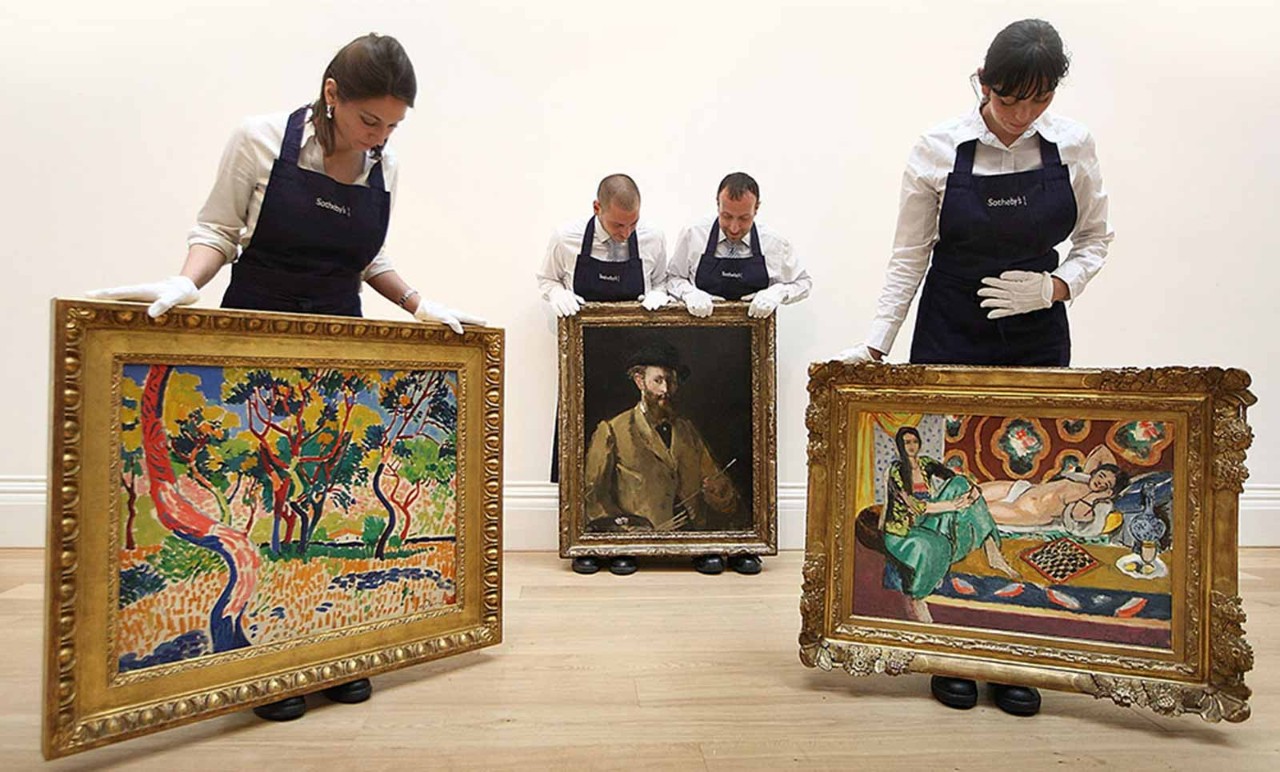
Auctions play such a major part in modern economies that the 2020 Nobel Prize for Economic Sciences went to Paul Milgrom and Robert Wilson, both of Stanford University, for helping to shed light on the murky world of leveraging strategic game play and information asymmetry, where fear of ‘the winner’s curse’ (overbidding) rules.
Auctions go back a very long way. Bidding marketplaces were documented in Babylon 2,500 years ago, as well as in ancient Rome. Today, virtually any item, licence or service can be traded or allocated through auctions, and every economic actor can be involved in them.
Individuals do auctions, with eBay the best known of a host of websites. Companies do auctions, bidding for property and other businesses’ assets, and tendering for contracts. And the public sector does auctions, through procurement tenders and the sale of a panoply of rights and permissions, particularly of goods and services that may be difficult to sell in a traditional way.
How it works
Depending on whether there are single or multiple buyers and sellers, there are three types of auction:
- The forward auction is the classic model, involving a single seller and many potential buyers – for example, the sale of a high-value painting or broadcasting rights for World Cup football matches.
- The reverse auction involves a single buyer and many sellers – for example, the tendering process used to bring in contractors to build office, shopping, housing and infrastructure projects.
- The double auction sees many buyers and many sellers participating – for example, a stock exchange.
If there is just one seller and one buyer taking part in a bidding process, it is not considered an auction.
Choose your auction
Fundamentally, auctions come in four varieties: British, Dutch, blind and Vickrey.
In a British auction, the auctioneer begins with a low price and subsequently suggests increasingly higher prices, with the winner being the highest bidder.
In a Dutch auction, the reverse happens: the auctioneer starts with a high price and gradually reduces it until the item is sold to a bidder. Both British and Dutch auctions allow the participants to see each other’s bids.
In blind and Vickrey auctions, the bids are sealed. The price paid by the ultimate winner is the highest bid (ie their own) in a blind auction, or the second-highest bid in a Vickrey auction.
Governing factors
The outcome depends on the following three factors:
- the auction’s rules or format – the nature of the bid (open versus sealed), the number of bidding rounds (single versus multiple) and the price paid (the winner’s bid versus the second highest bid)
- whether the auctioned object has the same or a different value for each bidder
- differences in information about the object’s value among bidders – an informational advantage can often be exploited strategically.
Auction theory describes how these factors govern the bidders’ strategic behaviour (‘optimisation’) and the auction’s outcome (‘equilibrium’). The work of theorists such as Milgrom and Wilson can be used to design auction formats that maximise value or function.
What’s it worth?
Items up for auction fall into three categories that reflect the values attached to them by bidders: private, common and hybrid.
A bidder’s private value can be independent of the value placed by other potential bidders – for instance, naming rights for a sports stadium, where each bidder’s valuation is unlikely to be affected by how others value the branding opportunity.
Government agencies use auctions to let procurement contracts and sell a panoply of rights and permissions
In a common values auction, the value is identical among bidders, although they may have different information about the item’s potential value. Examples include mineral rights, financial assets and initial public offerings.
Most real-world auctions combine elements of private and common values to produce hybrid values. In practice, many goods have neither purely private nor purely common values, not least because of the resale potential.
Play the game
The key part played by information asymmetry links auction theory to game theory – the study of models of strategic interaction among rational decision-makers. Concepts such as Bayesian Nash equilibrium, trembling-hand perfect equilibrium, sequential equilibrium and chainstore paradox have all seeped into auction theory.
Among the landmark research by Milgrom on financial markets operating under information asymmetry is the no-trade theorem. This postulates the absence of speculative trade between rational risk-averse parties with common prior beliefs but different information. (The traders reason that any speculative bid must be generated by a bidder’s private knowledge, and therefore refuse to accept the bid price.)
Milgrom also helped produce a theorem on optimal dynamic bid-ask spread setting in a marketplace with informed and uninformed traders, which rationalises how adverse selection in financial markets reduces liquidity. He also demonstrated that a higher sales price can be achieved when bidders learn more about each other’s estimated values during bidding.
Milgrom’s work has sparked new applications of market design, including regionally capped matching of resident doctors to hospitals, and cadets to military specialisms, for example.
Meanwhile, Wilson’s nonlinear pricing research offers a comprehensive analysis of tariff designs in sectors such as electricity, telecoms and transportation that seek to replace a tariff strictly proportional to the units consumed with two-part charges that permit cost recovery for the service provider, as well as benefiting consumers through competitive low-cost service provision.
Wilson also rationalised why bidders tend to place maximum bids below what they estimate the actual value of the object to be – the fear of the winner’s curse.
For the past half-century, the auction apostles have deepened the understanding of how auction markets function and how to incentivise predictable outcomes in the presence of private information. This has benefited buyers, sellers and taxpayers – by allowing more efficient allocation of scarce resources; the promotion of economic opportunity and competition; the avoidance of excessive concentration of licences/rights; the reduction of the unjust enrichment of a few; and the recovery for the state of a portion of the value of scarce public assets.
When are auctions used?
- government: Treasury securities and radio frequency bands
- commodities: fish, wool, wine, livestock, timber, electricity generation and distribution and agricultural produce
- online: public websites such as eBay and private electronic markets that continuously sell commodities (such as coal, water, grain and iron ore) to a prequalified group of bidders
- unique items: antiques, fine art, thoroughbred horses, travel tickets, holidays and sports event broadcasting rights
- other types: property; charity auctions used by non-profits to finance a specific mission or cause; insurance auctions that sell second-hand endowment policies; auctions for carbon emission trading schemes





